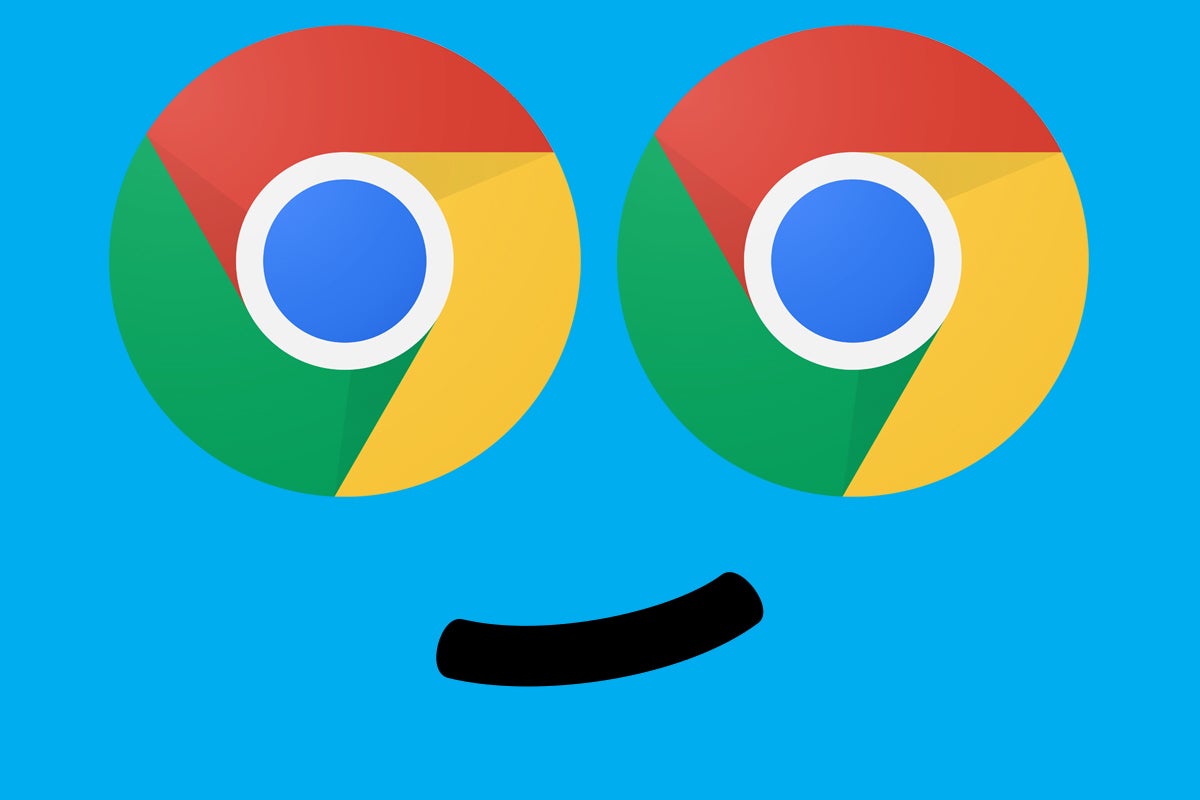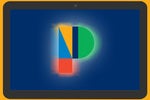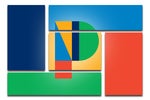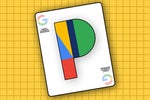Here in the land o' mobile tech, worlds are colliding more than ever. Up is down. Left is right. And lines are blurring everywhere you look.
As we speak, Microsoft is inching ever closer to releasing its first self-made Android phone — one that could prove to be the most interesting Android device we've seen in ages. And now, to balance out that "hell freezing over" moment, Google has announced it's getting ready to bring Windows apps onto its Chrome OS platform.
Take a minute to let that sink in. Microsoft, the "never Google" desktop champion, is turning to Google's mobile operating system to find its future. And Google, the company that's long referred to Windows and its ecosystem as an artifact of "legacy" computing, is finding a way to let you run Windows software on its cloud-centric, proudly post-Windows platform.
What a time.
All philosophical wonderment aside, though, Google's move to bring Windows applications into the Chrome OS environment has some pretty massive practical implications, both for those of us who already use Chromebooks and for those who have thus far avoided that bandwagon.
The biggest effect of all — the truly wild thing about Google introducing native-like access to Windows apps for Chrome OS? Once that shift shows up, there'll be virtually no buts left — no asterisks as to why a Chromebook might not be right for one situation or another.
Chrome OS's limitations have been shrinking bit by bit for years. And with this move, they'll be all but erased — at least, on the enterprise level.
Chrome OS, Windows, and the ever-blurring lines
Before we dive too deep into the state of Chrome OS and what Google's new Windows software support could mean, let's break down what's actually happening here — because it isn't exactly simple. Earlier this week, Google and a company called Parallels announced plans to let businesses "seamlessly add full-featured Windows apps" onto their enterprise-designated Chromebook devices.
The specifics are decidedly vague at this point, and it almost feels more like an announcement of a pending announcement than anything concrete. But we can read between the lines a little to figure out what's going on.
First of all, tellingly, Google itself is referring to the ability to run Windows apps on a Chromebook as "legacy application support" — a nice (and I'd imagine carefully constructed) little communication touch to emphasize that this is merely a bridge to the past, not the road toward the future as Google envisions it.
In reality, though, we all know certain enterprise scenarios depend upon traditional computer software — be it specialized or general — to operate. And the plain reality is that thus far, running those sorts of programs on a Chromebook has been a real pain in the patootie to do.
Interestingly, it hasn't actually been impossible. Parallels itself, the very company involved with this new effort, already has a product called Parallels Remote Application Server that "makes it possible to use Windows or Windows applications" on a Chromebook by way of a special Chrome extension and an ongoing network connection. It's a form of virtualization, for the tech nerds among us, and it's something that's been around on Chrome OS for quite a while.
A less specialized tool called CrossOver has also allowed anyone to run Windows programs on a Chromebook for some time now, without the need for any costly licensing or complex configuring. And then, of course, there's always Google's own Chrome Remote Desktop service, which lets you connect remotely to an individual Windows (or other traditional platform) computer and then use it as if it were right in front of you.
But all of those solutions are awkward in one way or another — either requiring a persistent remote connection and the associated likelihood of lag, in most instances, or just generally not working all that well, in the case of CrossOver.
So what sets this new effort apart is the fact that it apparently doesn't require any of the layers of complexity those old answers relied upon; instead, as it's been explained to me, the setup would bring direct and native-like access to the sorts of "legacy" Windows apps business users might want right onto a Chromebook, without the need for any messy remote virtualization workarounds. That'd mean, at least in theory, that the apps would be easier to use, more consistent in performance, and capable of running offline — so basically more or less like any other local program.
Critically, we don't yet know exactly what apps will be available — Google and Parallels keep calling out Microsoft Office, specifically, but I'm told other "legacy enterprise Windows applications" will also be included — and we don't yet know what specific cost will be involved or even when this whole system will show up ("sometime this fall" is the most specific thing we've heard).
But, well, what we do know is more than enough to reach one crazy-seeming conclusion.
The 'everything' platform
With Windows apps in the mix, Chrome OS truly is being positioned to become the "everything" platform. I mean, think about it: Chromebooks already run a variety of web-based apps along with their more fully featured progressive web app cousins. Throw in Chrome OS's native support of Android apps, and for the vast majority of casual computer users, pretty much any need can be addressed. Factor in the availability of Linux apps, too, and there's really not much most typical folks would want to do on a Chromebook that they couldn't.
The lingering exception is in the enterprise, where businesses often still require specialized software that's available only on a traditional platform like Windows. Or perhaps a company is intent on sticking with Microsoft Office as its organization-wide standard and doesn't want its workers to rely on the web-based or Android equivalents for those programs.
Well, soon, the Chromebook will be able to do it all. It'll run practically anything imaginable, including those enterprise-specific holdouts, and it'll do it in a low-cost, low-maintenance, and low-security-risk environment that's made for large-scale management.
For enterprises, that means the intriguing option they've perhaps considered but couldn't quite justify before will suddenly be viable. For Google, that means the lucrative business market it's been trying to break into with Chrome OS will suddenly be attainable. And for regular ol' individual users of Chromebooks, it means the platform could suddenly start seeing a huge new injection of large-scale interest — which has the potential to trickle down and lead to even more hardware diversity and software development across all areas.
For now, Google says the Parallels Windows support system will be an enterprise-specific thing, but it's not hard to imagine it eventually making its way to other markets — including, perhaps one day, individual devices — as well. And even if it doesn't, the effect of a fresh influx of large companies potentially getting on board with Chrome OS can only have a positive effect on the platform and the ecosystem around it.
Two years ago, we saw evidence of an internal Google project to let Chromebooks dual-boot and offer users the perplexing choice of running either Chrome OS or Windows on the same single system. Despite months of development, the project was eventually abandoned before it ever took off. The chapter has remained a bit of a puzzling mystery in the Chrome OS community — an odd instance of Google trying to do the unthinkable and then giving up before getting to its goal.
What we're seeing now might, on some level, explain what happened. Allowing users the ability to switch between Chrome OS and Windows would be a complicated, messy experience that'd only emphasize the lingering limitations of Google's cloud-centric vision. It'd require you to choose between two environments and bop back and forth depending on what you were doing. More than anything, if you needed that capability, it'd remind you that, hey, you might just be better off using a Windows laptop — because why bother with this clunky in-between?
Bringing Windows apps directly into the Chrome OS environment addresses the same basic need in a much neater and more user-friendly manner. It keeps Chrome OS and all of its platform-wide advantages at the core and then adds in the elements of Windows some enterprise users still require. Chromebooks really are evolving into "everything" machines — platform-defying devices that can handle just about anything without all the weight of their legacy predecessors.
With Google effectively making Windows part of its ecosystem and Microsoft on the brink of making Android part of its world, things are about to get very weird — and for those of us on the outside, that might just end up being a very good thing.
Sign up for my weekly newsletter to get more practical tips, personal recommendations, and plain-English perspective on the news that matters.

[Android Intelligence videos at Computerworld]



























































































